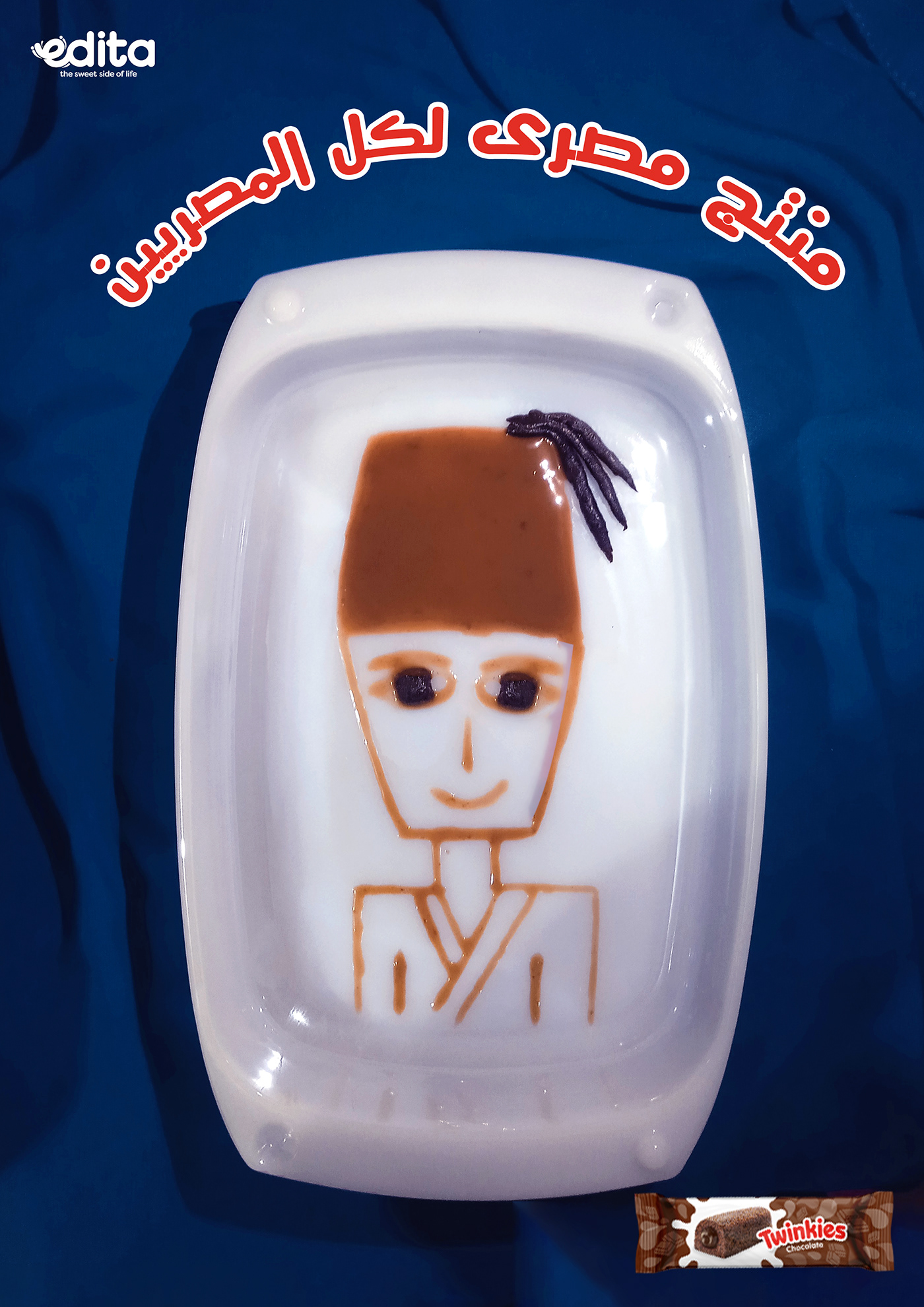
The traditional Saidi costume for men in Egypt reflects a deep and diverse cultural heritage that expresses the rural character and popular traditions in this region. (The jalabiya: It is the main piece of a Saidi man’s costume. It is characterized by a loose design and is short at the ankle, and is usually made of light cotton to suit the hot weather of the region; Head turban: Wrapping a turban around the head is considered an important part of the traditional costume. Wrapping the turban shows elegance and tradition The form of wrapping the turban may vary according to the occasion and local tradition. Mustache: It is considered part of the traditional appearance of the Saidi man and reflects the masculine character and cultural history of the region.

The traditional Upper Egypt dress for women is characterized by bright colors and artistic details that reflect the traditional and heritage character of this region. (The jilbab: It is a main piece of the Upper Egyptian women’s dress. It is characterized by a loose and short design that reaches ankle level and can be made of silk or cotton in bright colors. It may carry embroidery details or patterns that reflect the artistic and cultural character. Scarf: It is a piece of cloth used to cover the head and hair. They are often designed in colors that coordinate with the robes, and may be embroidered with traditional patterns or carry beautiful details. Large earrings: It is an important accessory in the costume of a Saidi woman. It can be made of silver or gold, and is characterized by a large and detailed design that attracts attention. It may contain geometric details. Or traditional engravings).


The traditional Alexandrian men's costume is distinguished by its elegance and uniqueness, with distinct historical and cultural influences: the robe is the main piece of the Alexandrian man's costume. It has a loose and elegant cut, and its length reaches ankle level. It can be made of luxurious fabric and decorated with elegant details. Colors and decorations vary according to occasions and individual taste. The fez is a type of traditional hat that complements the costume of Alexandrian men. It is distinguished by its elegant and classic design, and is often made of wool or cotton. The color of the fez can match the color of the robe or be contrasting to add a touch of contrast

The traditional Alexandrian dress for women is characterized by elegance and luxury, and uniquely reflects the cultural heritage of the region. (The abaya constitutes the basic and prominent part of Alexandrian women’s clothing. It is characterized by elegant designs and luxurious embroideries, and may be made of luxurious fabrics such as silk. The abaya shows a fine artistic taste and reflects the elegance of women. The wrap sheet is a piece of cloth used to cover the head and hair. It is characterized by beautiful designs and precise details. It may be decorated with colors and decorations that match the abaya. Jadeite: It is a traditional piece added to the abaya and wrap sheet. It is placed on the face in a way that resembles a niqab, and can be decorated with pearls or precious stones. Jadeite enhances attractiveness and adds a touch of brilliance to the outfit).

The traditional Egyptian fisherman's uniform reflects the Egyptian civilization's connection with the waters of the Nile and traditional hunting: The shirt is the main piece of the Egyptian fisherman's uniform. Its design is simple and loose, allowing freedom of movement while fishing. They may be made of light fabric that makes them suitable for thermals. Shorts The fisherman wears shorts that allow him ease of movement while working in the water. The pants can be made of durable, quick-drying fabric. Hat or cap: To protect his head from the sun's rays, the fisherman wears a hat or a light cap. They can be light in color to reflect heat








